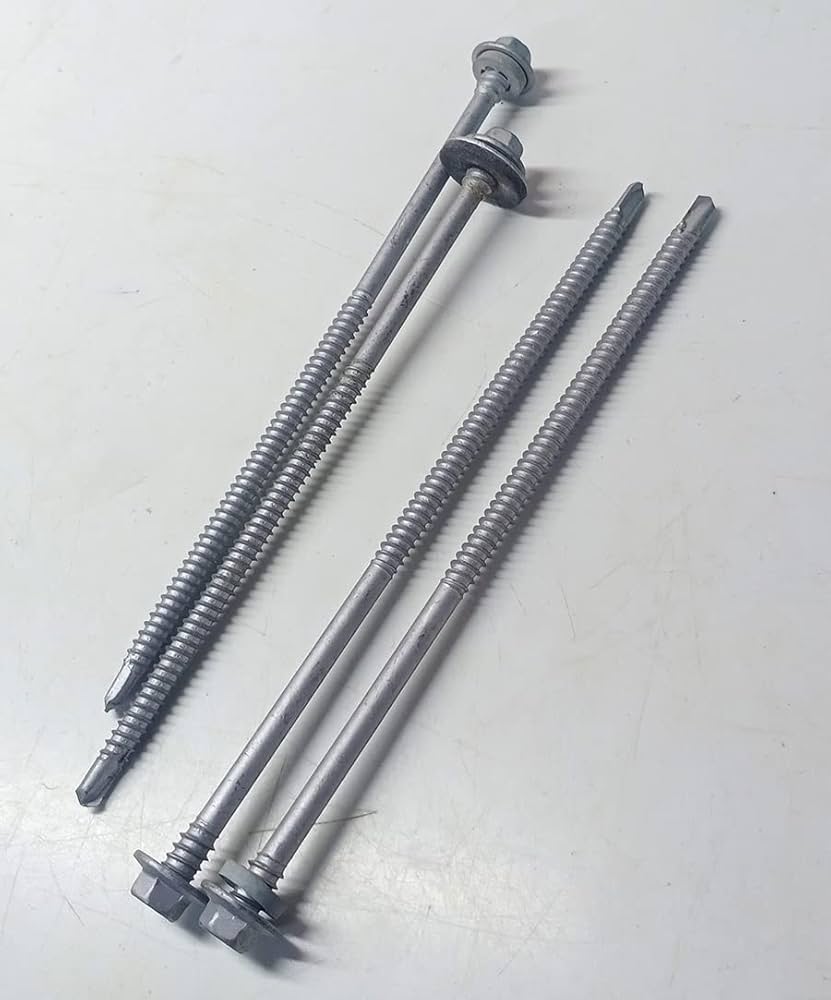Release time:2020-01-16 18:44 Browse:

1、 The main causes of foaming and fluid accumulation
Structural Problems
The deep holes, thread gaps, or blind holes of elongated screws are prone to residual air or pre-treatment fluids (such as degreasing agents, acid pickling solutions), which evaporate and form bubbles during high-temperature curing.
Screws with a large aspect ratio have poor coating fluidity during immersion coating, resulting in local fluid accumulation.
Incomplete pre-processing
Residual oil, moisture, or rust on the surface can vaporize and produce bubbles during solidification.
Inappropriate coating process parameters
The pulling speed during immersion coating is too fast or too slow, resulting in uneven coating thickness or liquid accumulation.
Insufficient curing temperature or time, incomplete solvent evaporation.
Dakro coating issue
The viscosity of the coating is too high (poor fluidity) or it contains bubbles (mixed with air during stirring).
2、 Solution
1. Optimize the pre-treatment process
Thoroughly clean: Use ultrasonic cleaning or high-pressure spraying to ensure that oil and impurities in the screw deep holes and threads are completely removed.
Adequate drying: After pre-treatment, dry with hot air at 120-150 ℃ to ensure complete evaporation of moisture.
Avoid acid residue: If acid cleaning is required, use sandblasting or mechanical rust removal to reduce acid residue in blind holes.
2. Adjust the coating process
Control coating viscosity: Adjust the viscosity of Dacromet coating with diluent (recommended 20-30 seconds, apply -4 cups) to improve fluidity.
Vacuum immersion coating: Place the screw in the coating and vacuum it (-0.05~-0.1MPa) to remove the air in the deep hole, then restore normal pressure to allow the coating to penetrate.
Centrifugal spin drying: After immersion coating, centrifuge at low speed (200~500 rpm) to shake off excess paint and avoid water accumulation at the threads.
Adjust lifting speed: Slowly and uniformly lift (recommended 5-10 cm/min) to reduce residual bubbles.
3. Optimization of curing process
Segmented curing: Preheat at low temperature (80-100 ℃) for 10 minutes to allow the solvent to slowly evaporate, then raise to 300 ℃ and cure for 20-30 minutes.
Strengthen ventilation: Increase air circulation inside the curing furnace to promote the discharge of volatile substances.
4. Other auxiliary measures
Improve screw design: Negotiate with the customer to add exhaust holes (diameter 1-2mm) at the blind hole end to avoid gas accumulation.
Coating defoaming treatment: Allow the coating to settle or add defoamers (such as BYK-066N) before immersion to reduce the bubbles in the coating itself.
Multiple thin coating: divided into two immersion coatings (cured after the first thin coating, and then coated again), to avoid excessive thickness of a single coating.
3、 Effect verification
Bubble inspection: After solidification, visually or under a magnifying glass observe whether there are bubbles or cracks at the threads and holes.
Salt spray test: Conduct neutral salt spray test according to the standard (such as GB/T 10125) to verify the integrity of the coating.

